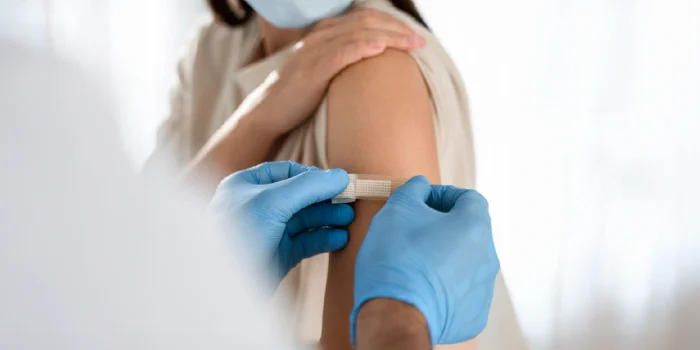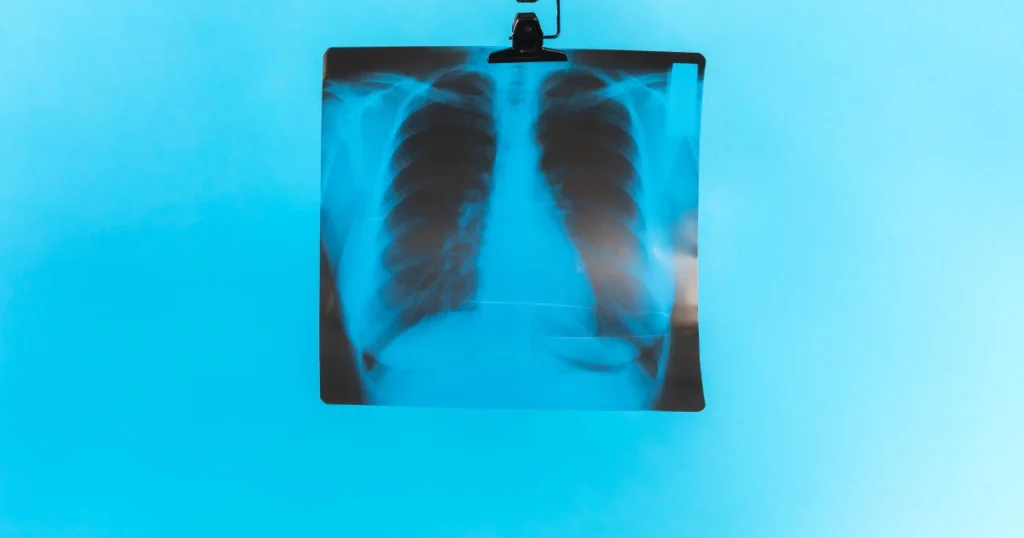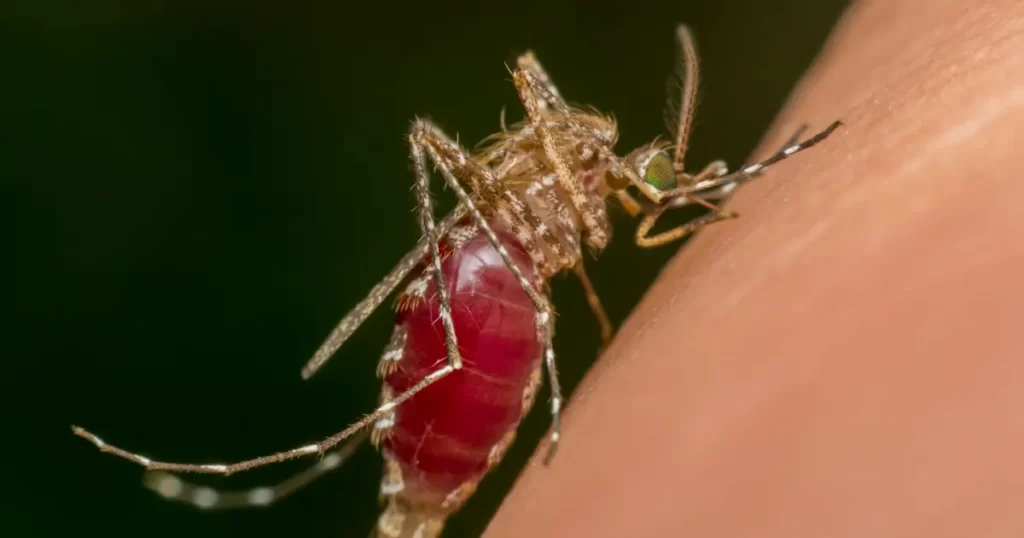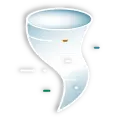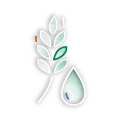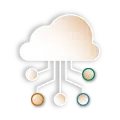Introduction
Every November, the world recognizes the crucial role of vaccines in public health and disease prevention. This observance is about Empowering Immunization for All—celebrating one of medicine’s greatest achievements and emphasizing the shared responsibility of protecting every generation through vaccination.
Immunization has transformed global health. From eradicating smallpox to bringing polio to the brink of extinction, vaccines have saved millions of lives. Yet, as new pathogens emerge and misinformation spreads, the need to strengthen immunization awareness and access remains urgent.
How can each of us contribute to a world where protection through vaccination truly reaches everyone?
The Role of Immunization in Global Health
Vaccines prepare the body’s immune system to defend against infections before exposure occurs. According to the World Health Organization (WHO), immunization prevents more than 4 million deaths every year [1]. Beyond individual protection, widespread vaccination contributes to herd immunity, shielding even those who cannot be vaccinated due to age, medical conditions, or immune suppression.
Immunization programs also create healthier communities. When fewer people fall ill, hospitals experience less strain, and public health budgets can focus on preventive services rather than emergency care. The long-term benefits extend beyond medicine—strong immunization systems support education, productivity, and economic growth.
Countries with robust vaccination coverage recover faster from outbreaks and are better prepared for future crises. In essence, vaccines don’t just save lives—they strengthen societies.
Why Empowering Immunization for All Matters
- Universal protection: Vaccine-preventable diseases still claim lives in areas where access remains limited. Expanding immunization programs helps close these gaps [2].
- Technological innovation: Advances in mRNA vaccines, cold-chain storage, and AI-based logistics are improving how vaccines are produced, stored, and delivered [3].
- Public trust: Transparent communication, evidence-based information, and healthcare education combat vaccine hesitancy and misinformation.
- Global collaboration: Immunization campaigns unite governments, NGOs, and citizens in a shared mission to protect life.
To truly empower immunization, awareness must translate into action—ensuring that scientific progress benefits every person, everywhere.
Overcoming Barriers to Immunization
Despite its proven success, immunization faces challenges such as misinformation, conflict, and unequal healthcare infrastructure. Tackling these barriers requires coordinated, creative solutions:
- Education and communication. Community outreach programs and digital campaigns foster vaccine confidence by providing accurate information and addressing fears with empathy.
- Infrastructure investment. Building cold-chain networks, renewable-energy refrigeration, and data-tracking systems ensures vaccines stay viable and reach remote communities.
- Healthcare workforce support. Continuous training and fair resource distribution empower professionals to deliver vaccines safely and efficiently.
- Policy leadership. Governments must integrate immunization into long-term public health strategies, ensuring sustained funding and political will.
Technology and data integration—like mobile registries and automated reminders—are transforming immunization tracking. Each innovation moves us closer to a future where Empowering Immunization for All is not just a campaign but a sustained global reality.
A One Health Perspective
Immunization isn’t only about human protection—it’s a key component of the One Health approach linking human, animal, and environmental health. Zoonotic diseases such as influenza, rabies, and COVID-19 demonstrate how vaccination safeguards ecosystems as well as communities [4].
Developing and maintaining vaccines for both humans and animals reduces pathogen spillover, limits antimicrobial resistance, and helps preserve biodiversity. By investing in preventive medicine, we invest in the health of the planet itself. Immunization, therefore, is not only a scientific triumph—it’s an ethical commitment to the wellbeing of all living systems.
Conclusion
Vaccines are a cornerstone of modern civilization—proof that prevention saves more lives than cure. As we look to the future, Empowering Immunization for All must remain a global priority.
When we vaccinate one child, we protect an entire community. When we fund research, we secure the future of public health. By choosing immunization, we choose resilience, compassion, and progress.
Together, we can ensure that preventable diseases remain in the past—and that the power of prevention reaches everyone, everywhere.
References
- World Health Organization. (2024). World Immunization Week 2024. Available at: https://www.who.int/campaigns/world-immunization-week/2024
- Orenstein, W. A., & Ahmed, R. (2017). Simply put: Vaccination saves lives. Proceedings of the National Academy of Sciences, 114(16), 4031–4033. https://doi.org/10.1073/pnas.1704507114
- Pardi, N., Hogan, M. J., Porter, F. W., & Weissman, D. (2018). mRNA vaccines — a new era in vaccinology. Nature Reviews Drug Discovery, 17(4), 261–279. https://doi.org/10.1038/nrd.2017.243
- Rizk, R., et al. (2023). One Health approach to vaccine development and distribution: Lessons from global outbreaks. Vaccines, 11(3), 632. https://doi.org/10.3390/vaccines11030632

